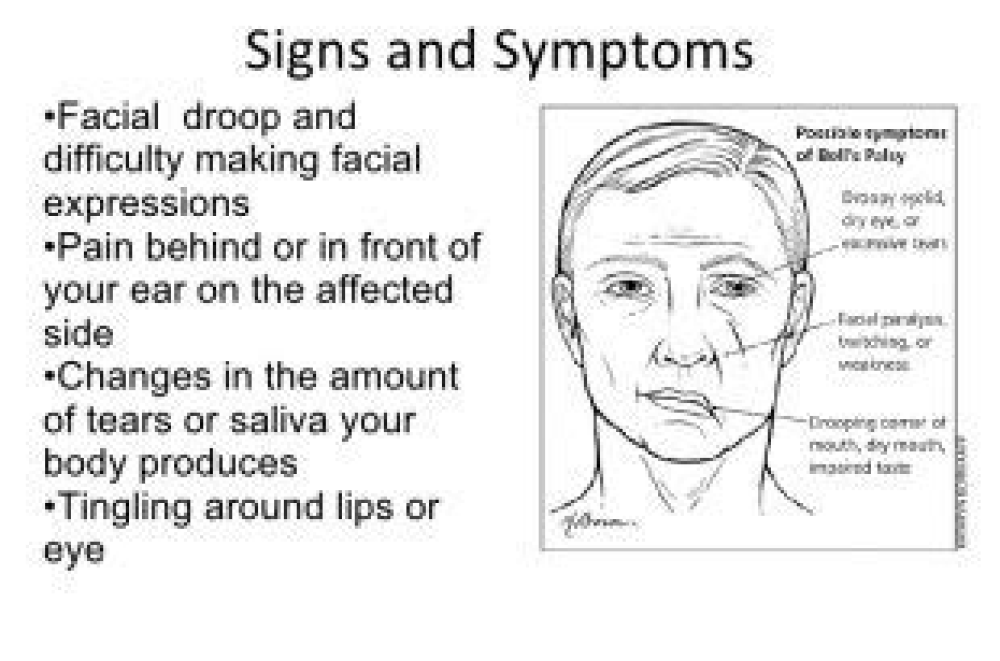Authors: Ibiyemi O. Oke, Olubunmi O. Oladunjoye, Adeolu O. Oladunjoye, Anish Paudel, Ryan Zimmerman
Abstract
Bell’s palsy is acute peripheral facial nerve palsy; its cause is often unknown but it can be triggered by acute viral infection. Coronavirus disease 2019 (COVID-19) infection commonly presents with respiratory symptoms, but neurologic complications have been reported. A few studies have reported the occurrence of facial nerve palsy during the COVID-19 pandemic. We present a case of Bell’s palsy in a 36-year-old man with COVID-19 infection and a past medical history of nephrolithiasis. He presented to the emergency room with a day history of sudden right facial weakness and difficulty closing his right eye four weeks following a diagnosis of COVID-19 infection. Physical examination revealed right lower motor neuron facial nerve palsy (House-Brackmann grade IV). Serologic screen for Lyme disease, human immunodeficiency virus (HIV), and herpes simplex virus (HSV) 1 and 2 were negative for acute infection; however, neuroimaging with MRI confirmed Bell’s palsy. He made remarkable improvement following treatment with a course of valacyclovir and methylprednisolone. This case adds to the growing body of literature on neurological complications that should be considered when managing patients with COVID-19 infection.
Introduction
Bell’s palsy is an acute peripheral lower motor neuron (LMN) facial nerve palsy leading to weakness on one side of the face without any other neurologic abnormalities on examination. The cause is often unknown; however, herpes simplex virus isoform 1 (HSV 1) and/or herpes zoster virus (HZV) reactivation is thought to be the most likely cause [1]. Severe acute respiratory syndrome coronavirus 2 (SARS-CoV-2) is the novel virus that causes coronavirus disease 2019 (COVID-19). It was first identified in Wuhan, a city in Hubei province of China, in December 2019.
There are a few theories on the neuropathogenesis of COVID-19, which include the binding of coronavirus to angiotensin-converting enzyme 2 (ACE2) receptors, which are widely distributed on glial cells and neurons [2,3]. Dubé et al. postulated in their study with animal models that there is axonal transport of human coronavirus (HCoV) OC43 protein into the nervous system [4]. These two mechanisms may lead to nerve damage through direct injury, autoimmunity, and ischemia of the vasa nervorum or inflammatory demyelination [5,6].
Facial nerve palsy may be the first presentation of COVID-19 and it may occur within a few days of its diagnosis [7-13]. We present a patient with a unilateral LMN facial nerve palsy four weeks after a diagnosis of COVID-19 infection.
For More Information: https://www.cureus.com/articles/54173-bells-palsy-as-a-late-neurologic-manifestation-of-covid-19-infection
